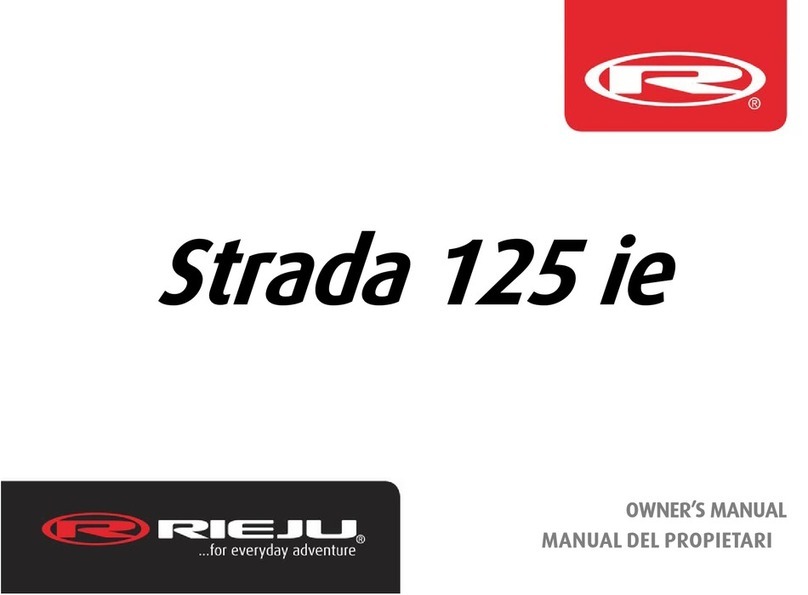RIEJU TANGO 250 Instruction manual
Other RIEJU Motorcycle manuals
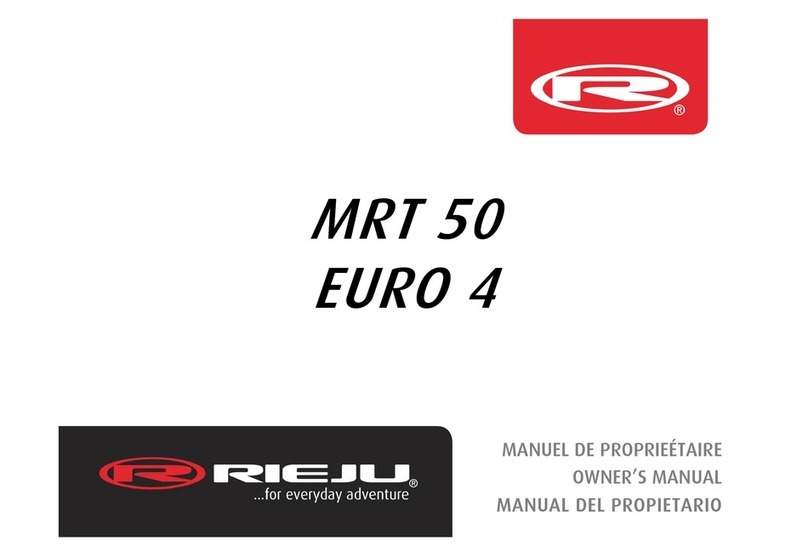
RIEJU
RIEJU MRT 50 EURO 4 User manual

RIEJU
RIEJU MARATHON 250 User manual
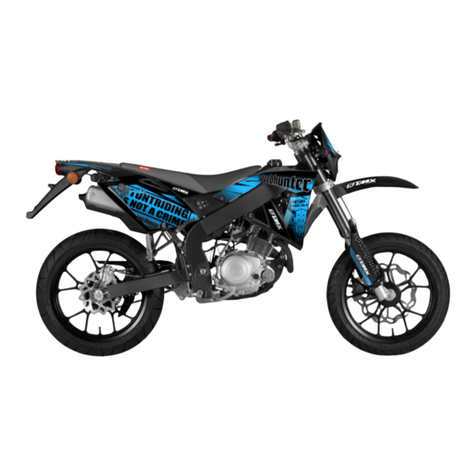
RIEJU
RIEJU MRX-SMX 50 Instruction manual
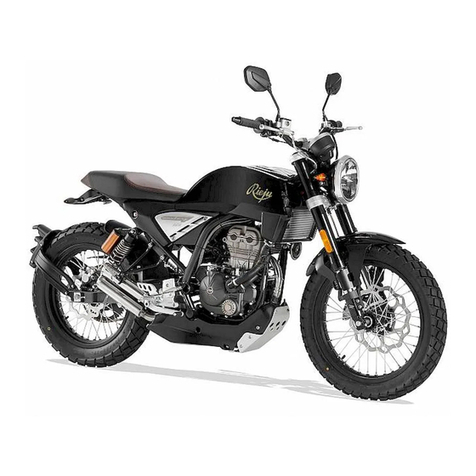
RIEJU
RIEJU CENTURY 125IE User manual
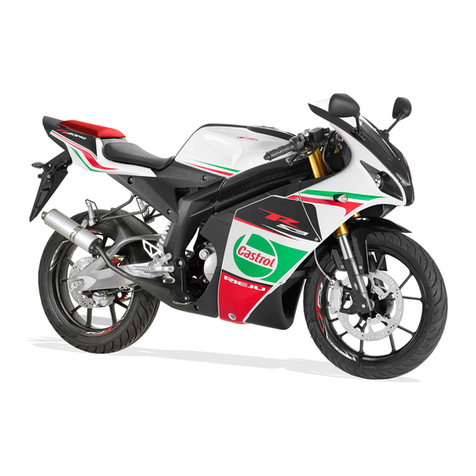
RIEJU
RIEJU RS3 50 User manual
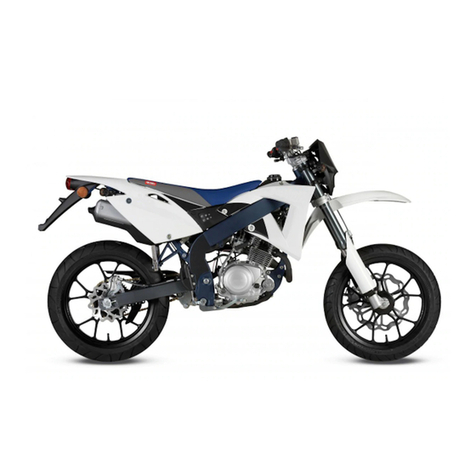
RIEJU
RIEJU MRX User manual
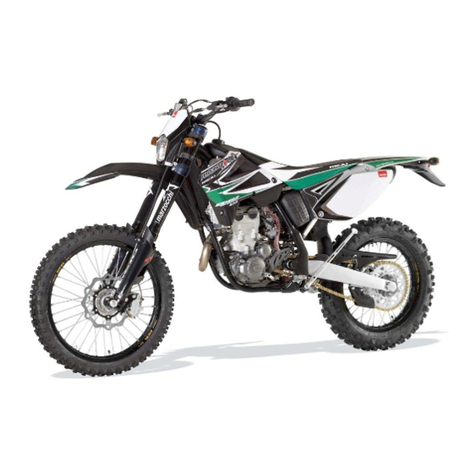
RIEJU
RIEJU Marathon 450 User manual
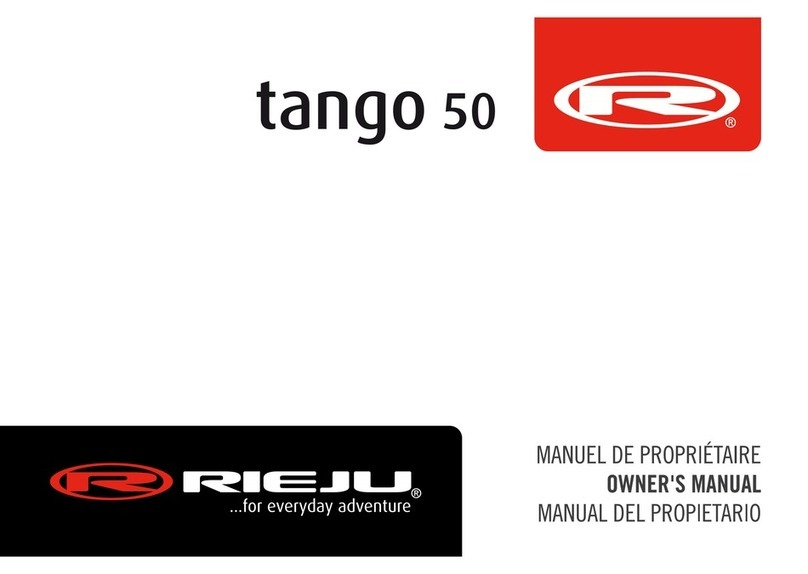
RIEJU
RIEJU tango 50 User manual
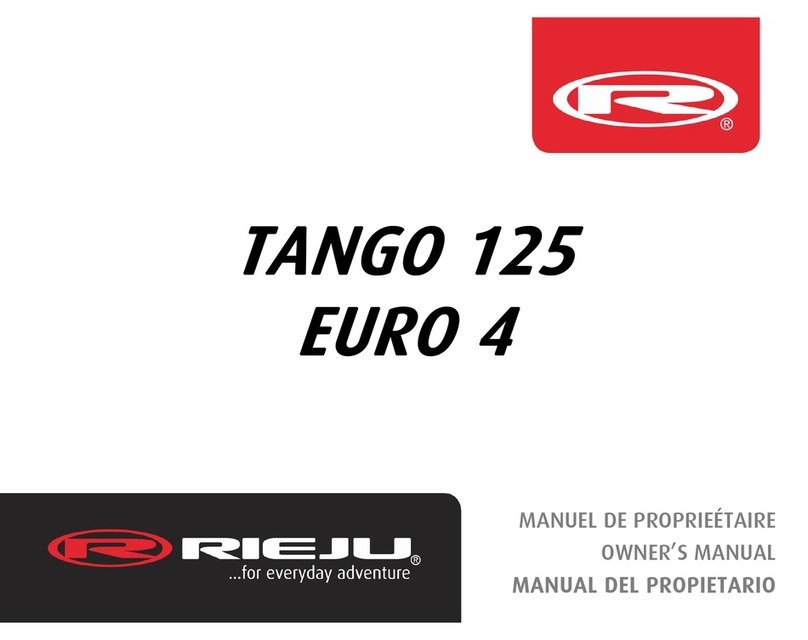
RIEJU
RIEJU Tango 125 E4 User manual
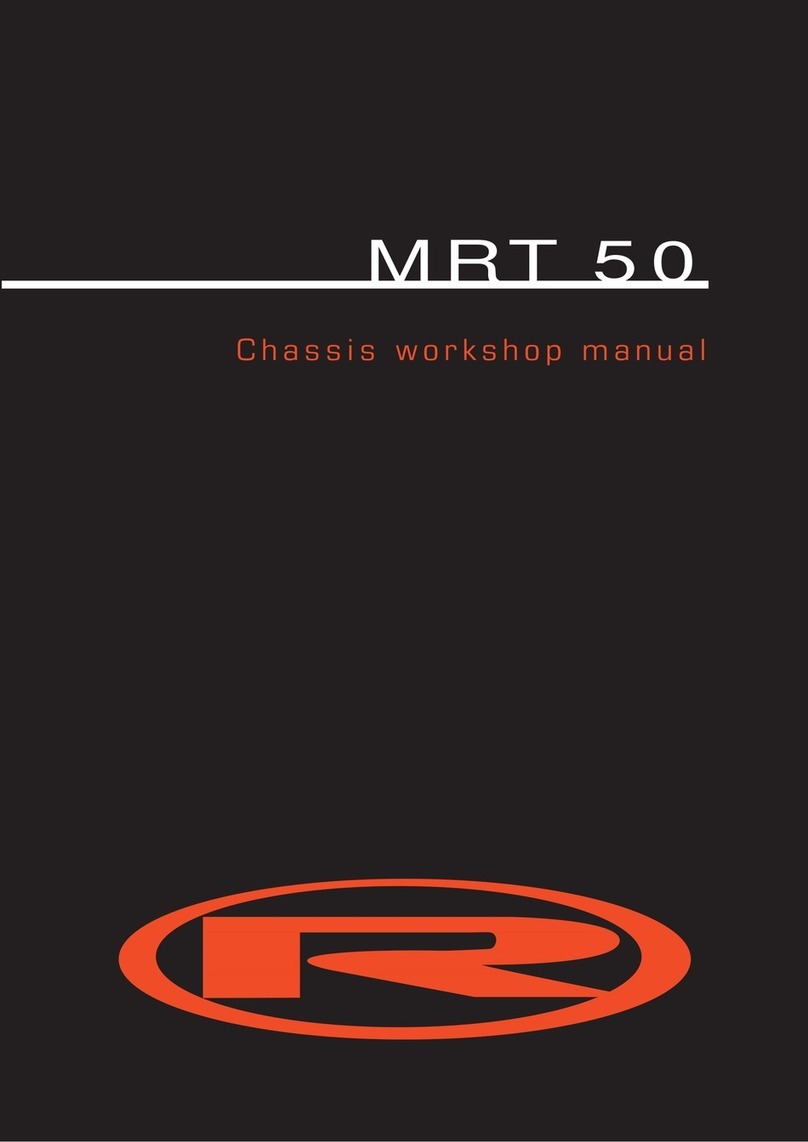
RIEJU
RIEJU MRT 50 Instruction manual
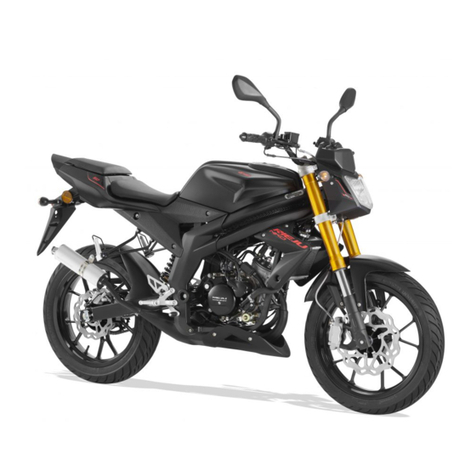
RIEJU
RIEJU RS3 Naked 50 User manual
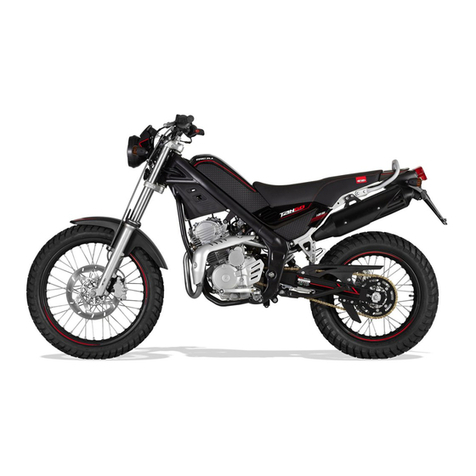
RIEJU
RIEJU TANGO 125 User manual
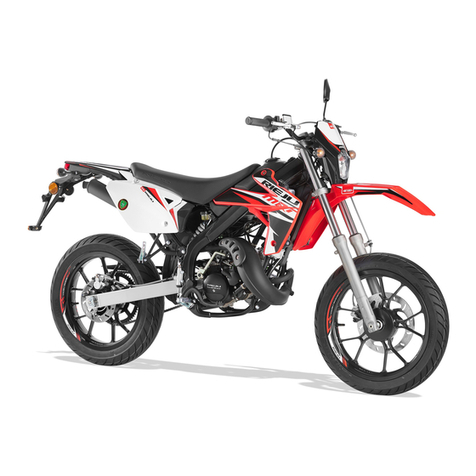
RIEJU
RIEJU MRT 50 EURO 5 User manual
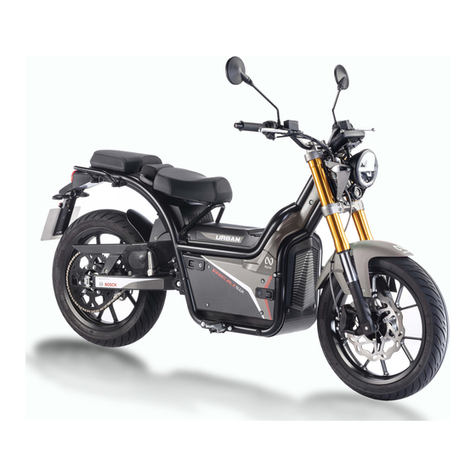
RIEJU
RIEJU NUUK URBAN User manual
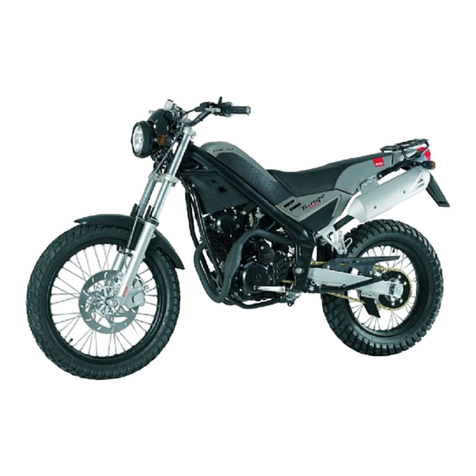
RIEJU
RIEJU TANGO 250 User manual

RIEJU
RIEJU TANGO 250 User manual

RIEJU
RIEJU TANGO 125 User manual
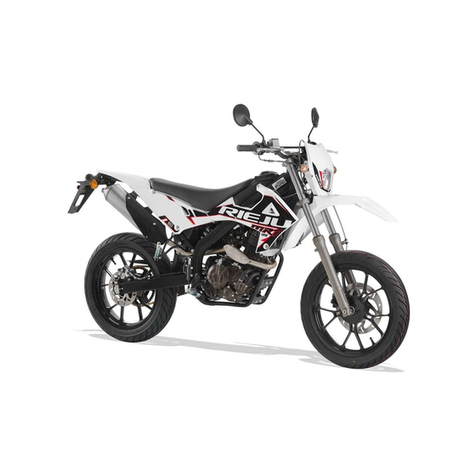
RIEJU
RIEJU MRT 125 LC User manual
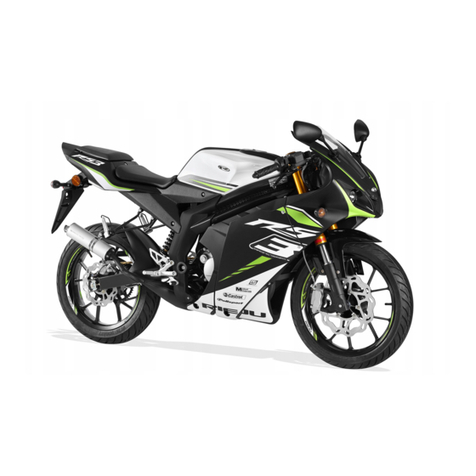
RIEJU
RIEJU RS3 Naked 50 User manual

RIEJU
RIEJU Marathon 125 PRO User manual
Popular Motorcycle manuals by other brands

MV Agusta
MV Agusta Brutale 675 Workshop manual

APRILIA
APRILIA RSV MILLE - PART 1 1999 User manual content

Royal Enfield
Royal Enfield Himalayan 2018 owner's manual

SSR Motorsports
SSR Motorsports Lazer5 owner's manual

MOTO GUZZI
MOTO GUZZI 2005 Griso 1100 Use and maintenance book

KTM
KTM 85 SX 19/16 owner's manual

